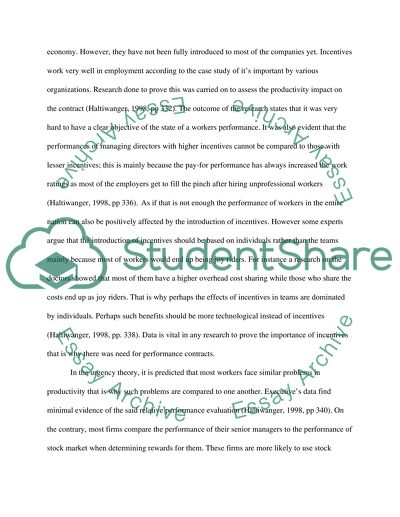Cite this document
(“Incentives Essay Example | Topics and Well Written Essays - 1500 words”, n.d.)
Retrieved from https://studentshare.org/macro-microeconomics/1466306-incentives
Retrieved from https://studentshare.org/macro-microeconomics/1466306-incentives
(Incentives Essay Example | Topics and Well Written Essays - 1500 Words)
https://studentshare.org/macro-microeconomics/1466306-incentives.
https://studentshare.org/macro-microeconomics/1466306-incentives.
“Incentives Essay Example | Topics and Well Written Essays - 1500 Words”, n.d. https://studentshare.org/macro-microeconomics/1466306-incentives.


